I’m an equestrian photographer: here’s how I get the jump on the competition when I shoot showjumping
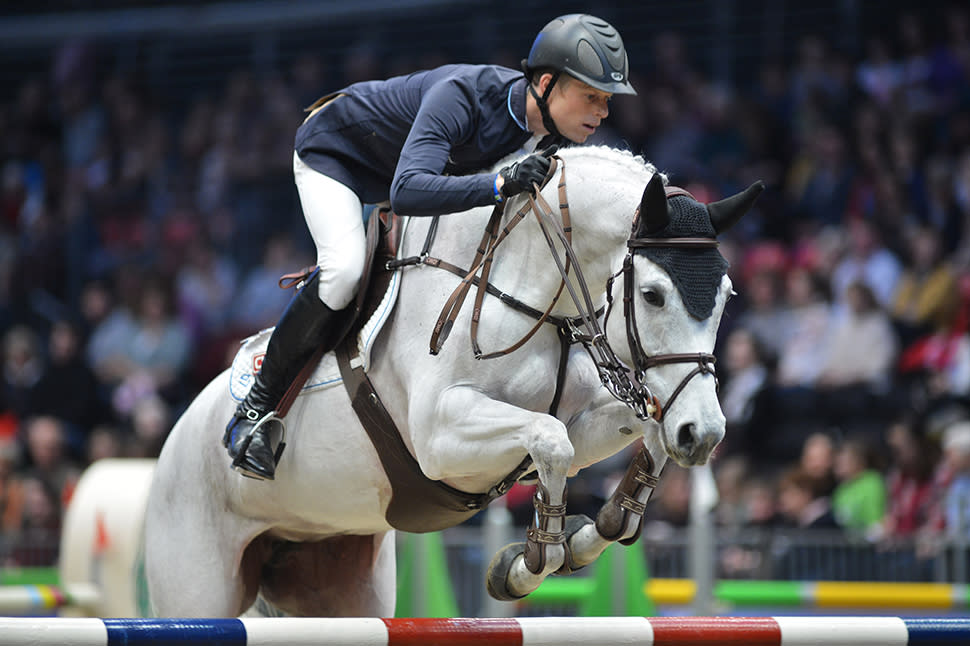
A sport that involves a horse and its rider navigating a series of obstacles and jumps, showjumping is very rewarding to photograph. While my day job is to find the best deals on cameras and lenses as Digital Camera World’s Ecommerce Editor, my background is in equestrian photography. My photos have been used by The Fédération Equestre Internationale (FEI), The Jockey Club, Horse & Hound and many more for various advertising campaigns, books and pre/post-event highlights. The showjumping arena is a place I know very well.
A great showjumping photo conveys the natural movement of the horse with the rider’s face in focus. This often requires you to stop down to around f/4, or my preferred aperture of f/5.6. You will need to get both subjects in focus – if either the horse or rider isn’t sharp, the photos aren’t worth the space on your memory card. While a 70-200mm zoom range will cover most smaller venues, you’ll soon want to add a 400mm or 600mm super-telephoto to your kit bag.
In the first round, all those who clear the course without knocking any of the poles down qualify for a ‘jump-off’, in which the cleanest and fastest round wins the competition. The jump-off is helpful for photographers, as it means you have a second chance at getting the best shot possible.
Tips for shooting equestrian sports
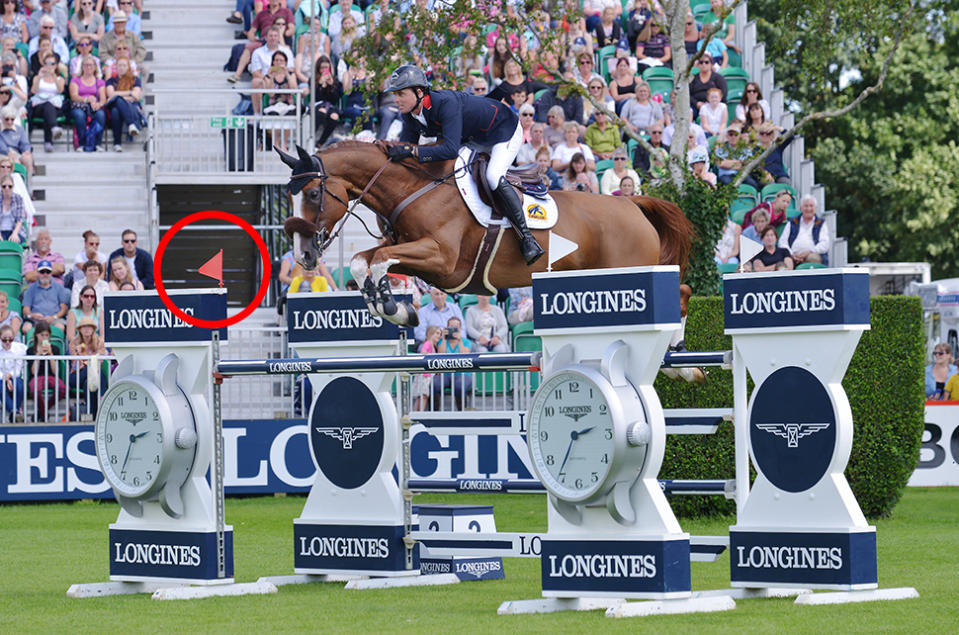
Check the course first
Look for the red and white flags on the edges of the fence. Riders jump with the red flag on their right, so if a red flag is on your left, they will be coming towards you. Also check for jump numbers, which are usually placed at the bottom right. If you can’t see a number, it’s probably another indication that the riders are jumping towards you.

Vary your composition
Whether you’re shooting for yourself, the rider or a client, it’s always best to capture a selection of images at different focal lengths. I like to capture a few tight images of just the horse and rider, with some wider compositions thrown in to frame the whole fence. This allows you to deliver a broader narrative for your clients.
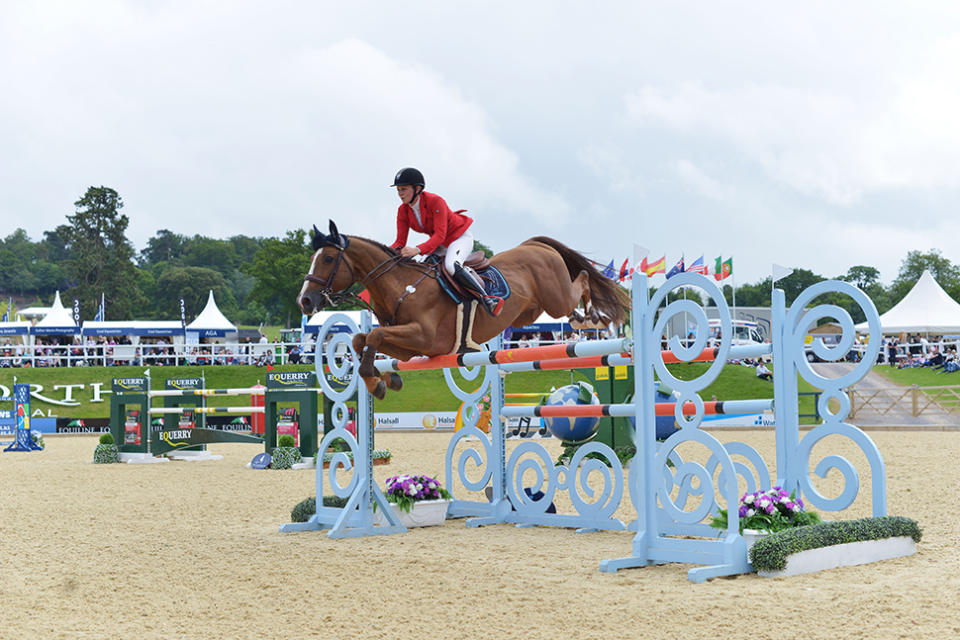
Set continuous focus
I always set my autofocus mode to continuous AF and my AF area mode to dynamic-area AF. That way, I can track the horse and rider on the lead-up to the fence, so I’m ready to fire the shutter when they jump. Try to focus on the horse’s shoulder, so the depth of field renders both the horse’s and the rider’s heads suitably sharp.
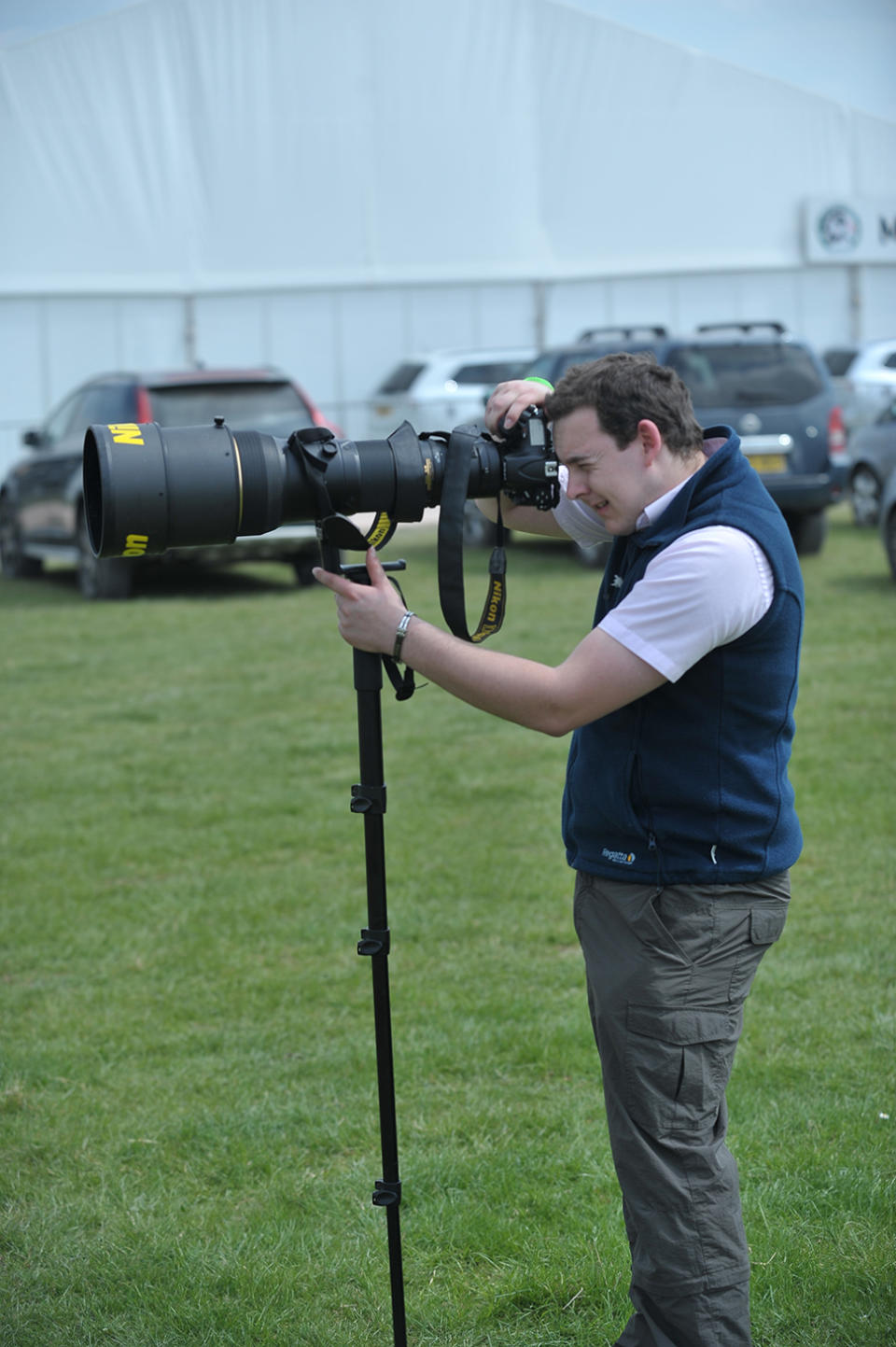
Select a fast shutter speed
When you shoot fast-moving subjects, it’s important to maintain a suitably fast shutter speed. 1/500 sec is a good starting point while using a monopod – I’ve found it to be the sweet spot on almost any lens, from my 70-200mm, all the way up to my 600mm. But if you’re shooting handheld, this will probably need to be faster.
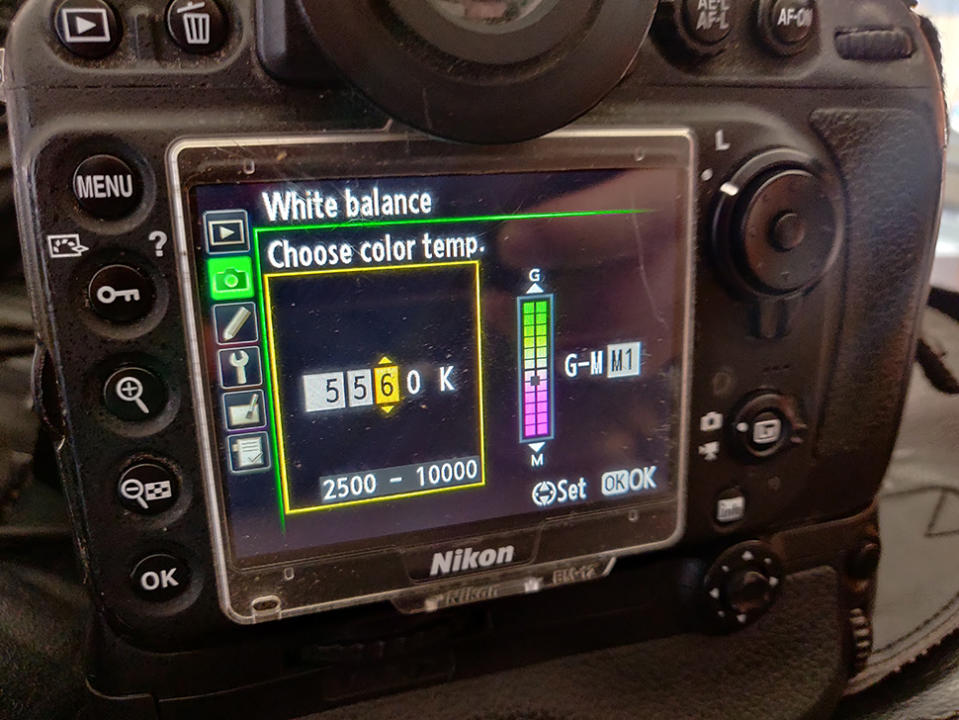
Set your own white balance
I’ve found that inputting my own Kelvin values to change the white balance often delivers much better results than auto or presets. What you input will depend on the available lighting – but if it all goes wrong, shooting raw allows you to alter the white balance during editing.
Read more:

